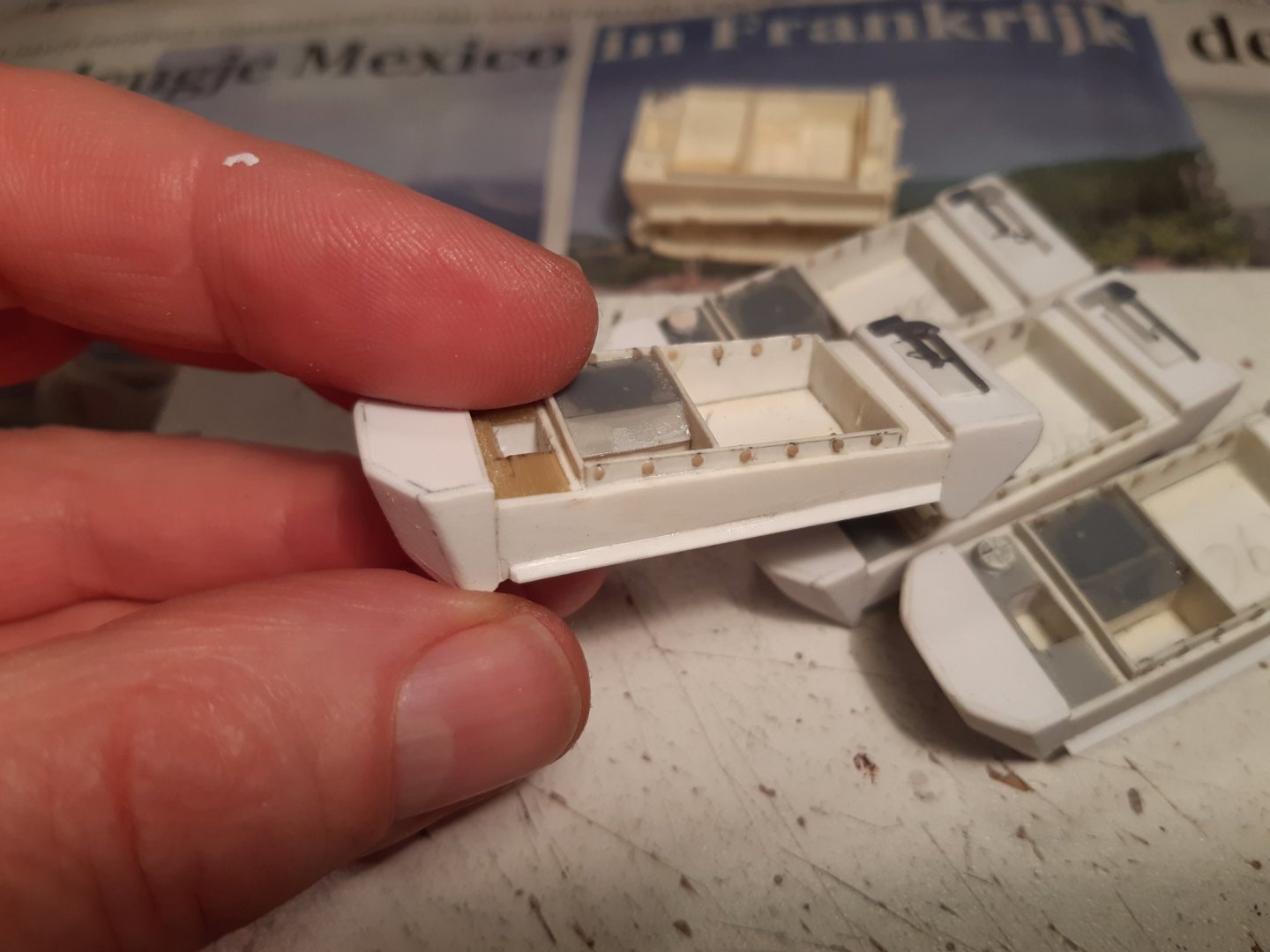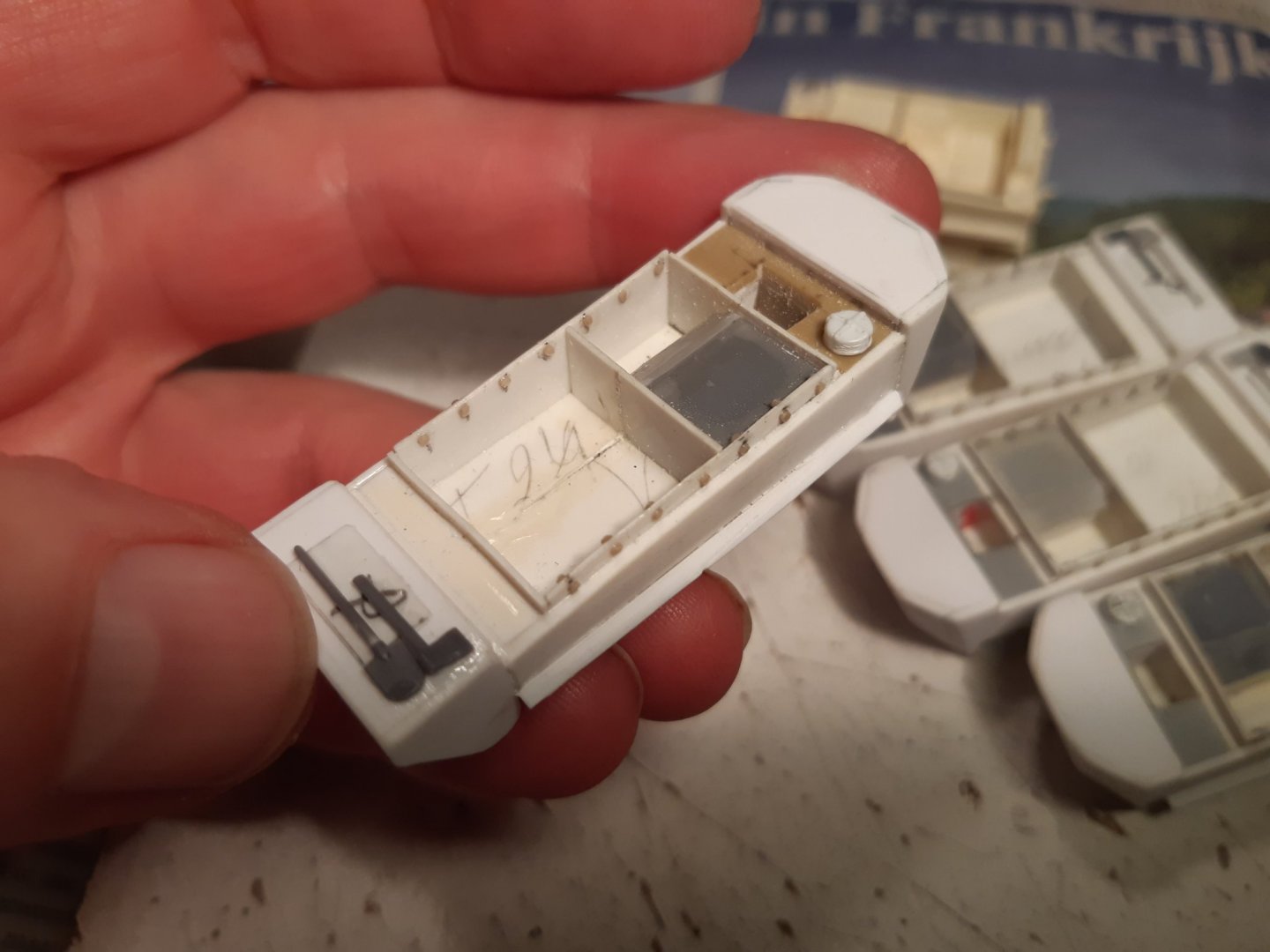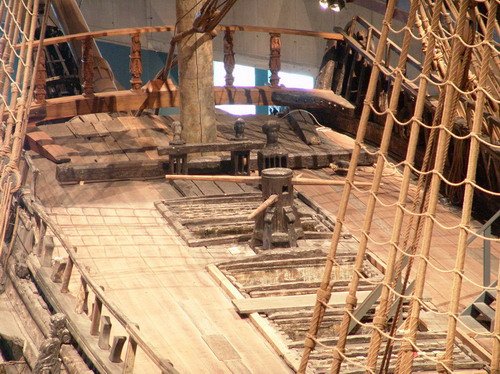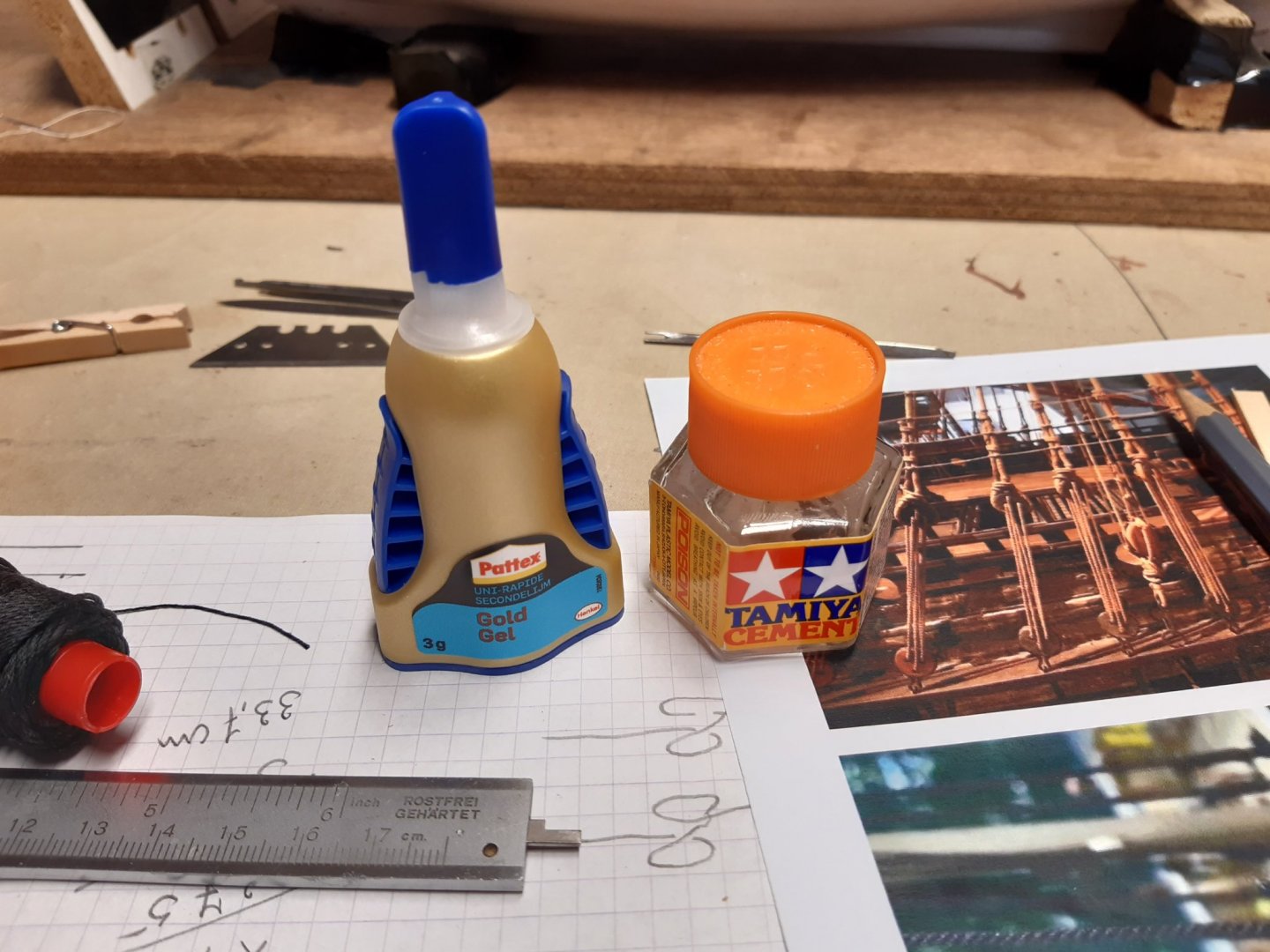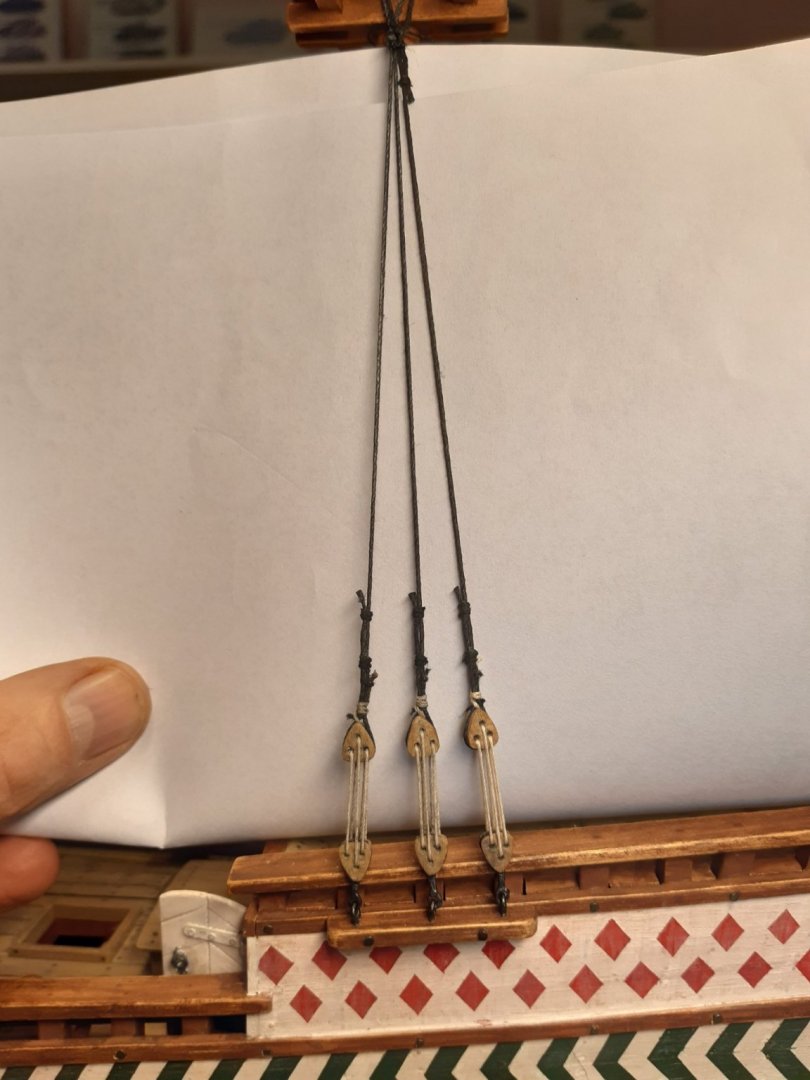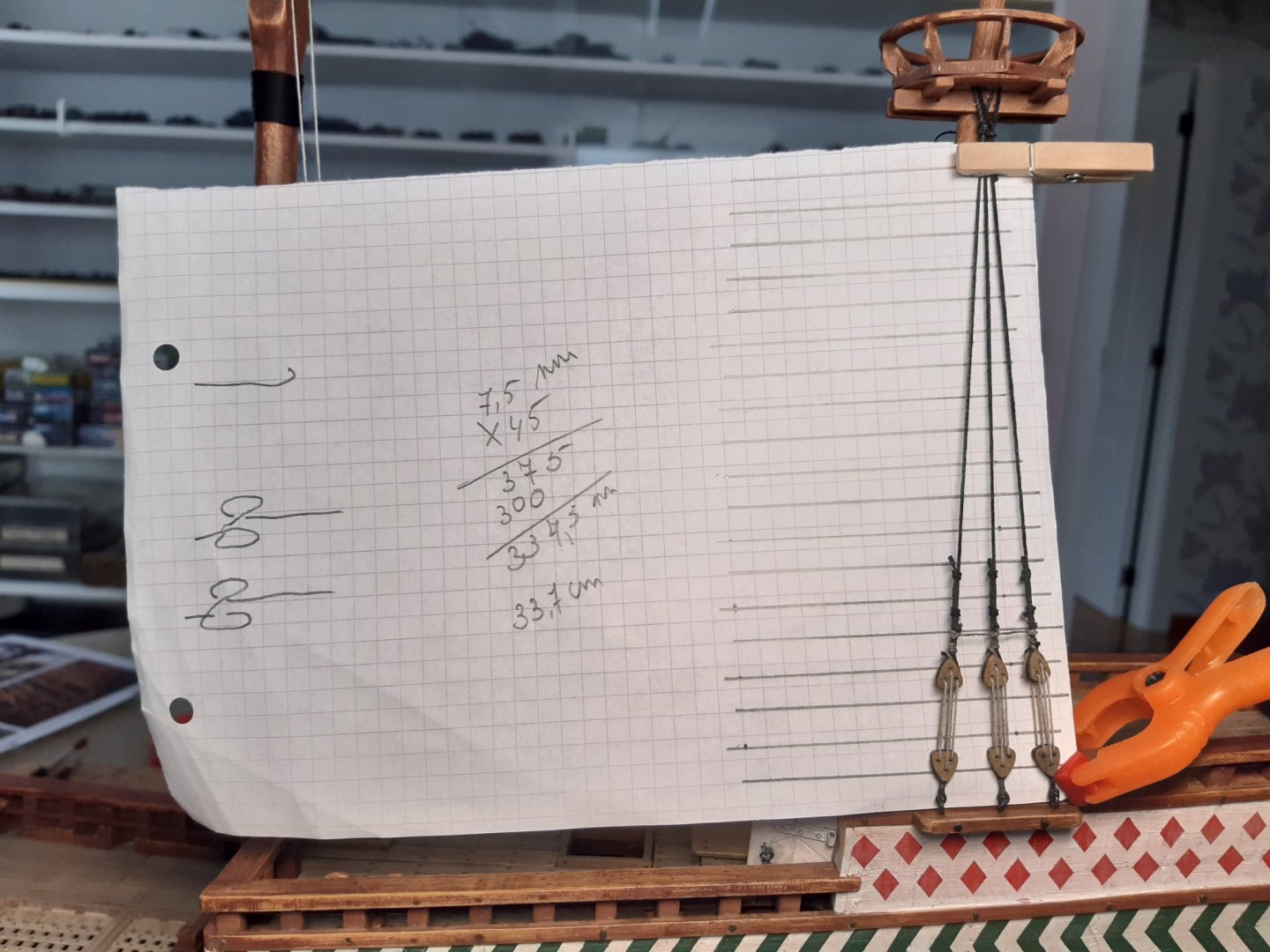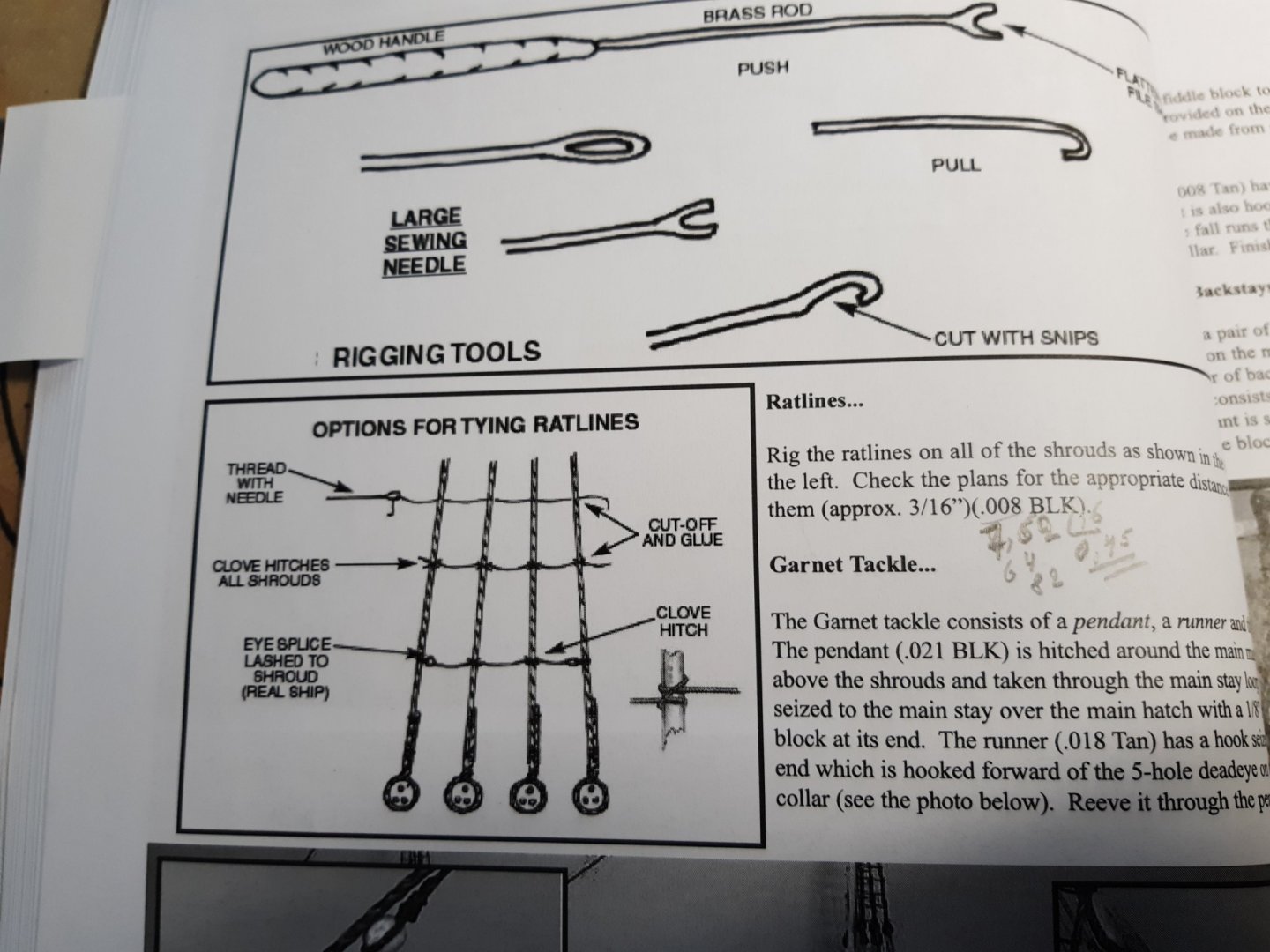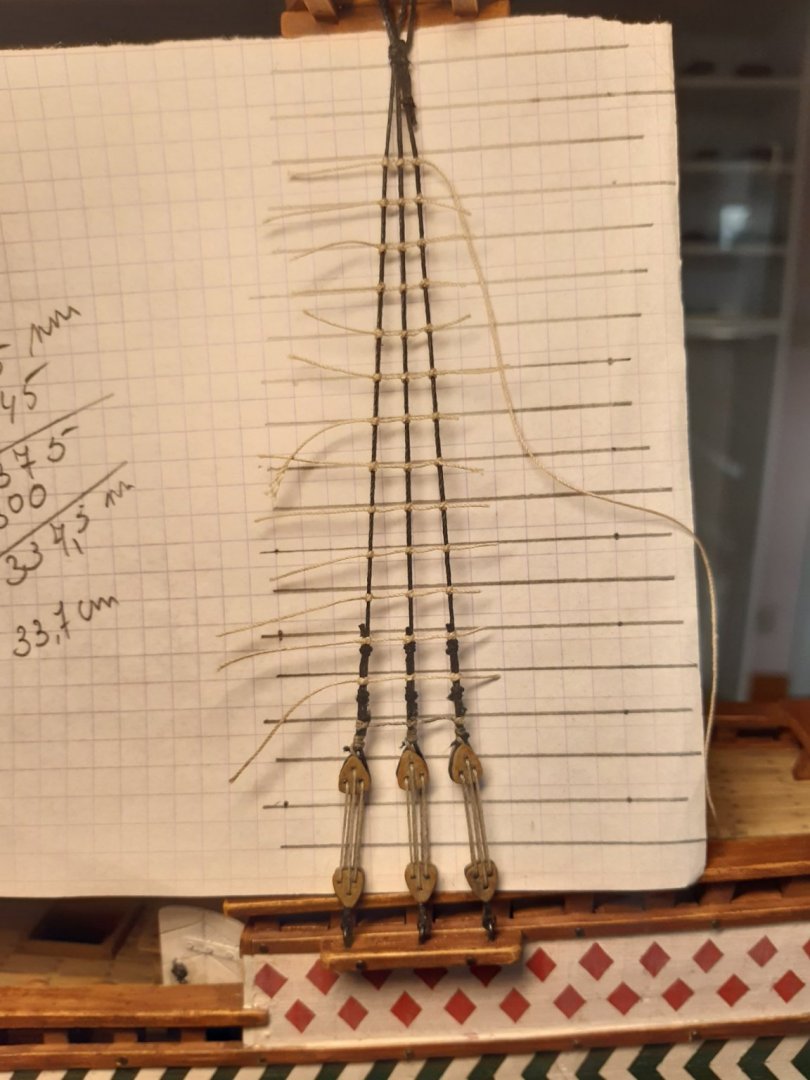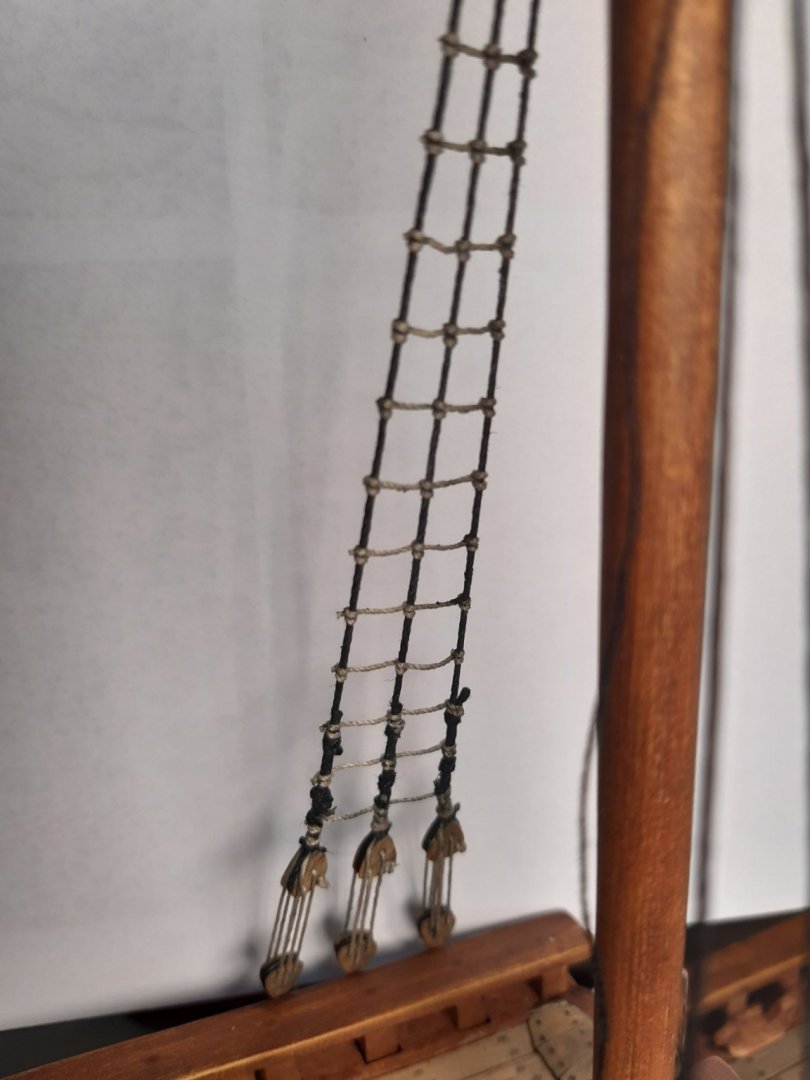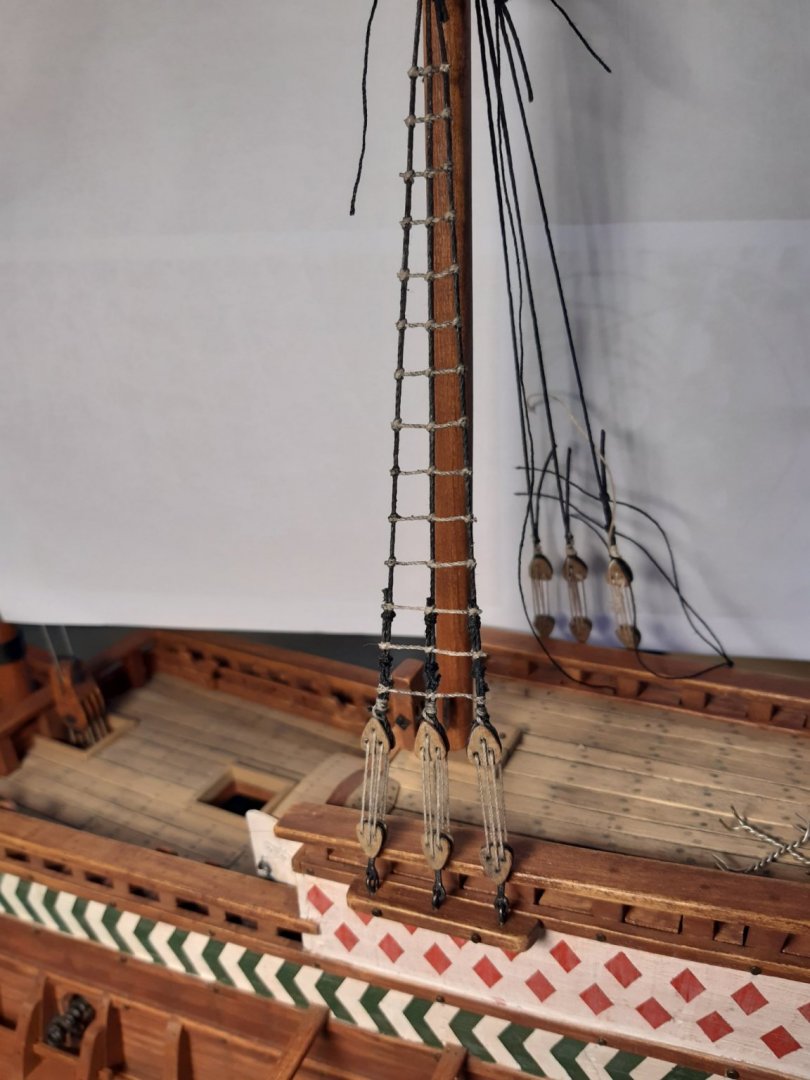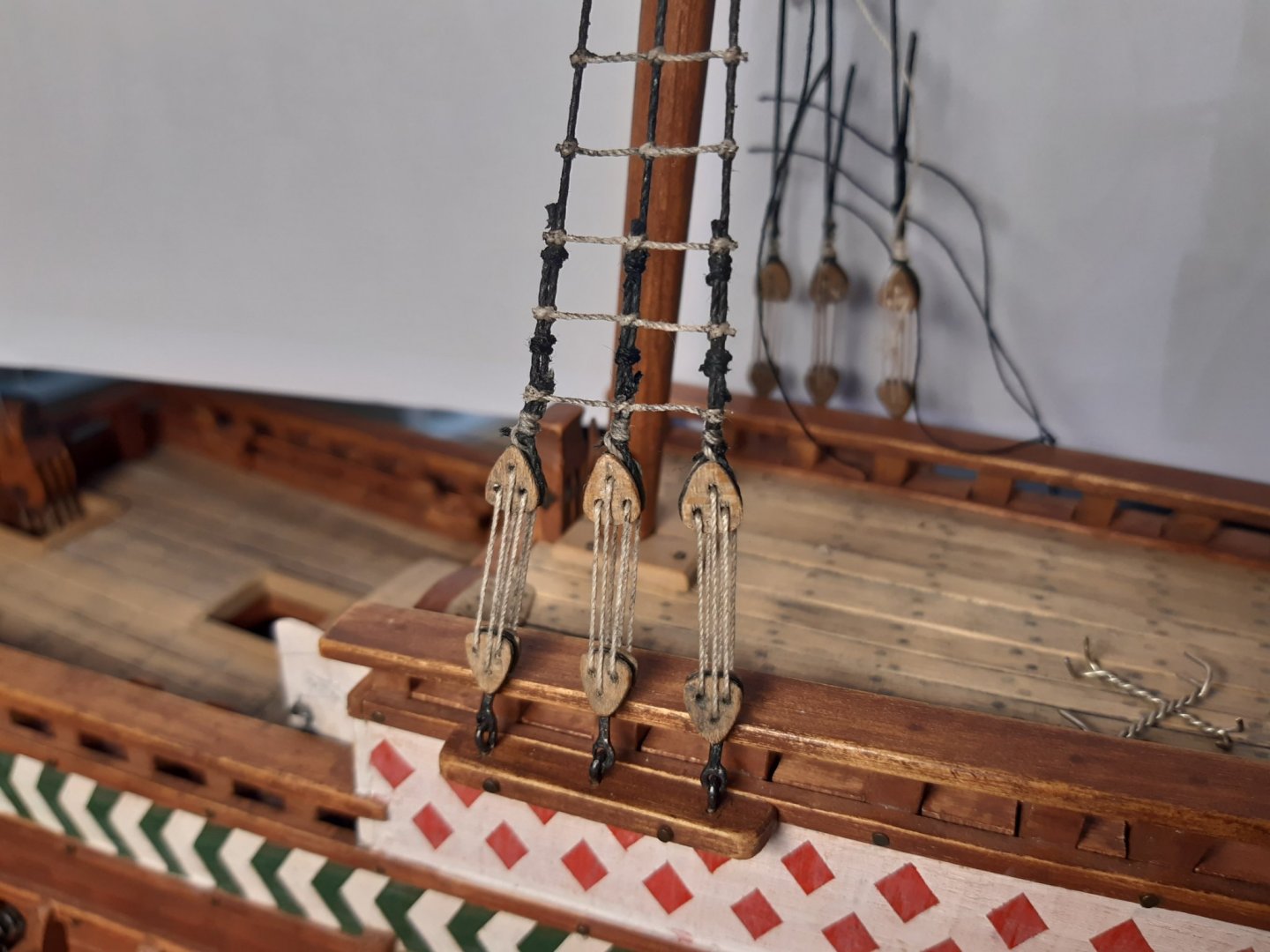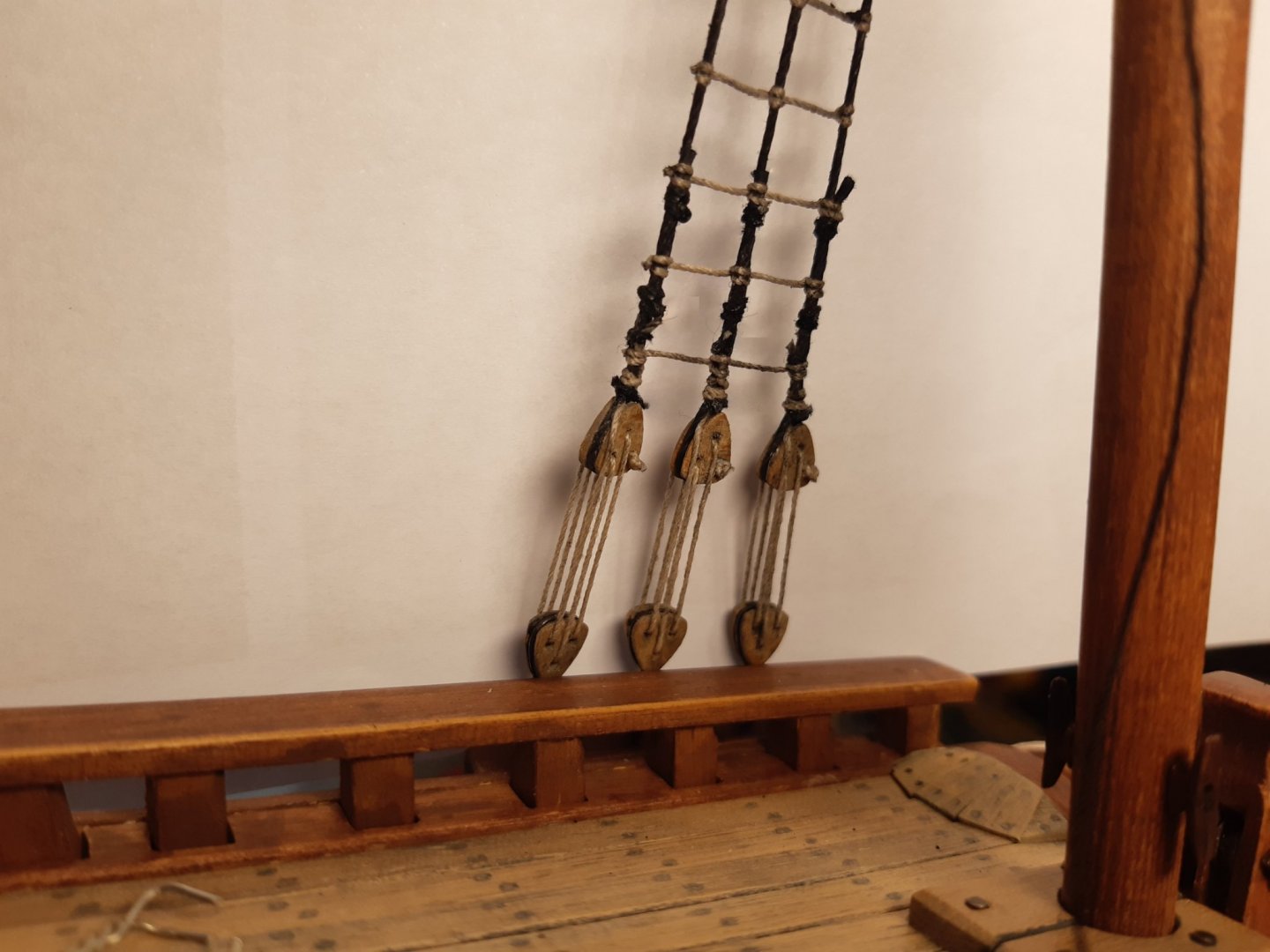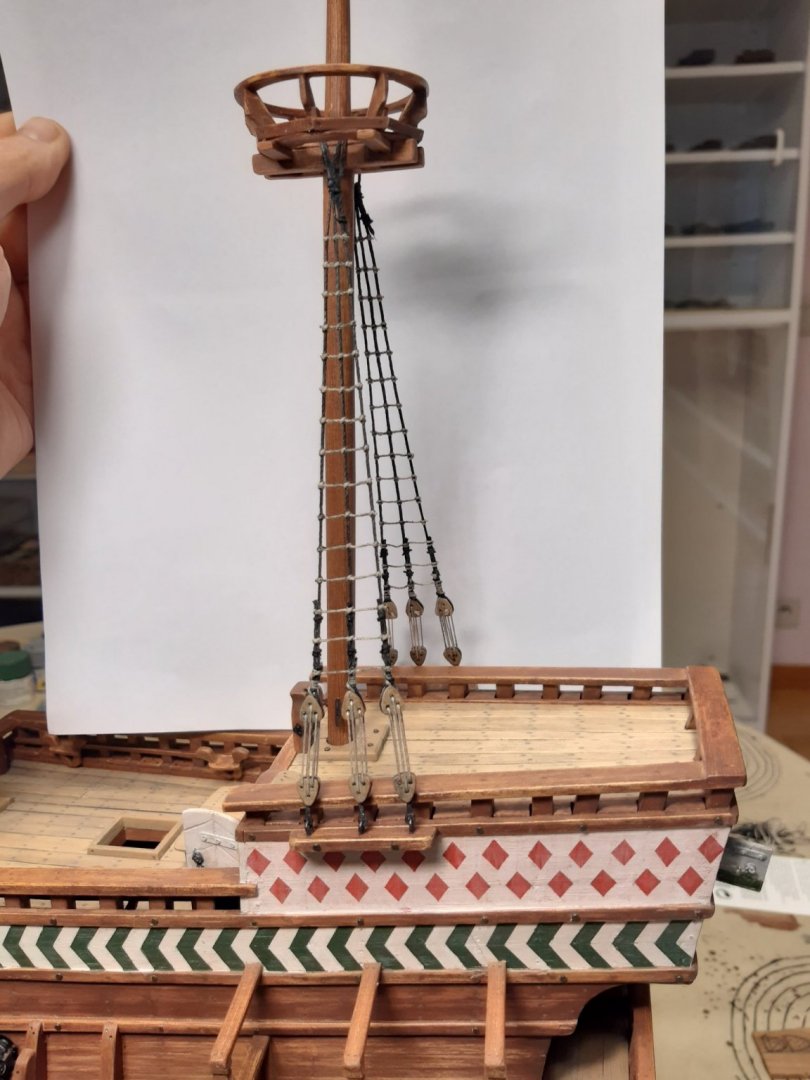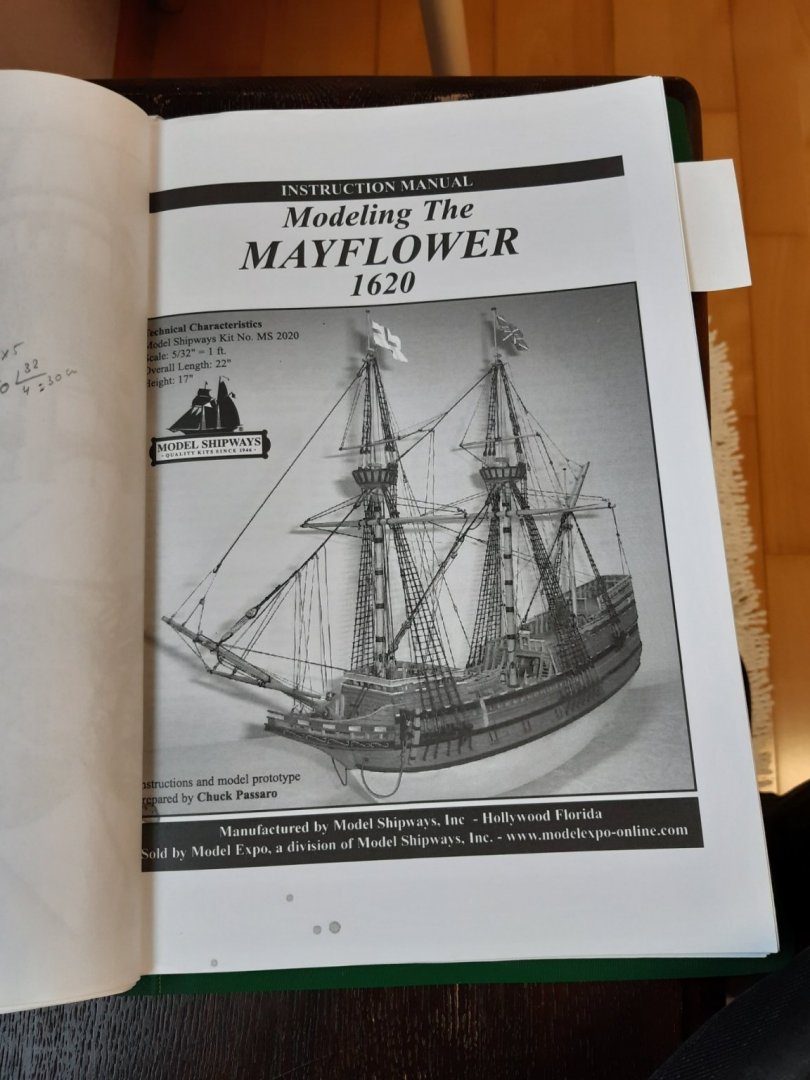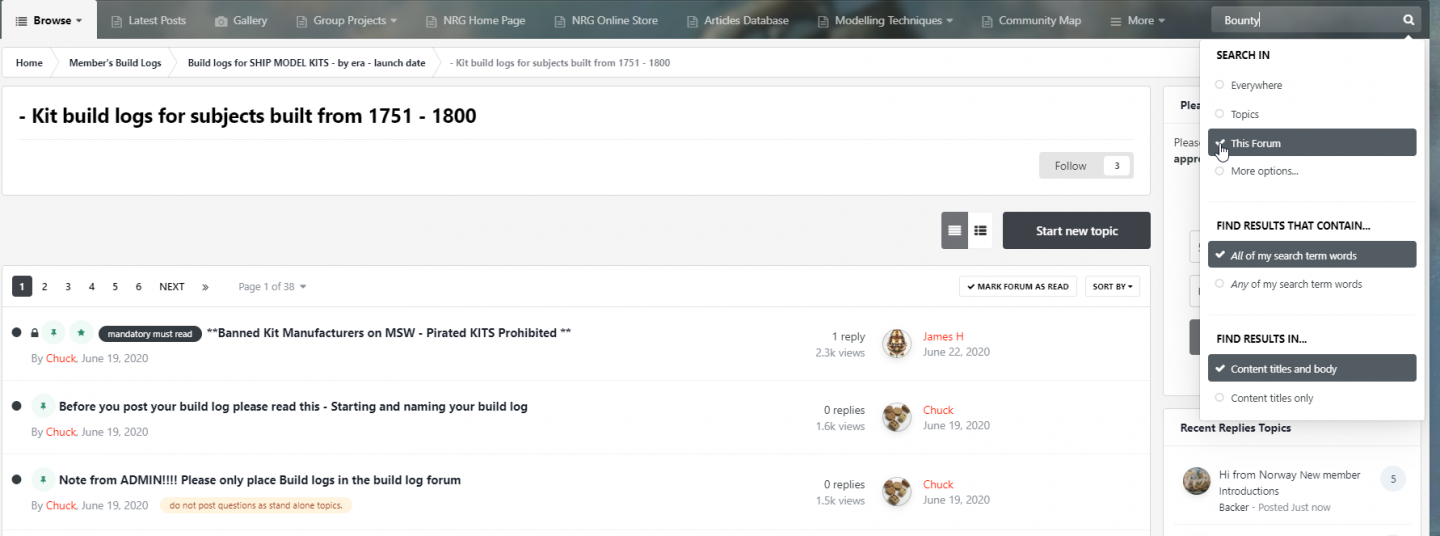-
Posts
4,286 -
Joined
-
Last visited
Content Type
Profiles
Forums
Gallery
Events
Everything posted by Baker
-
Covid 19...We've had that here too. Indeed, you have no energy, don't feel like doing anything, nothing tastes good After 5 months, beer still tastes bad to me, it even stinks sometimes ... Can you imagine.. A Belgian who no longer likes drinking beer I hope you soon recover completely and nice work on the plane
-

New to the site and starting out my hobby here
Baker replied to Robp1025's topic in New member Introductions
-

How to connect yards to masts??
Baker replied to ObviousNewbie's topic in Masting, rigging and sails
-
Nice work, But i dont think that clove hitches are the right way. And how it should be done correctly, i still have to figure that out myself 😳
-

M29 Weasel family 1/72 (scratch) by Backer Finished
Baker replied to Baker's topic in Non-ship/categorised builds
-
Indeed, looks very good. Thanks for the advice Michael 👍. I did not use Gorilla CA gel, but CA gel from another brand (Pattex, easier to get in this part of the world). I was a bit skeptical about this fancy plastic bottle at first. But with the 2 "squeezers" on the side, dosing is very easy. no hassle with needles or toothpicks. Just a little squeeze and always the right dose in the right place. The thin polyester thread is also lightly treated with the Tamya glue . Schrouds in place. Ratlines, The Model shipways Mayflower instruction (so much better dan the instructions with the Billings Vasa.) Very helpful to me, now I finally understand what clove hitches are... Ratline spacing. 7.5 mm at scale 1/45 is about 33.7cm in reality here they found 12" to 15" Start "Ratlining" Knotted, glued, cut, and lightly treated with diluted matte black Result Thanks for following, comments and likes
- 756 replies
-
- galleon
- golden hind
-
(and 2 more)
Tagged with:
-

Greetings from the shores of Lake Michigan!
Baker replied to Jayhawk's topic in New member Introductions
-
About us
Modelshipworld - Advancing Ship Modeling through Research
SSL Secured
Your security is important for us so this Website is SSL-Secured
NRG Mailing Address
Nautical Research Guild
237 South Lincoln Street
Westmont IL, 60559-1917
Model Ship World ® and the MSW logo are Registered Trademarks, and belong to the Nautical Research Guild (United States Patent and Trademark Office: No. 6,929,264 & No. 6,929,274, registered Dec. 20, 2022)
Helpful Links
About the NRG
If you enjoy building ship models that are historically accurate as well as beautiful, then The Nautical Research Guild (NRG) is just right for you.
The Guild is a non-profit educational organization whose mission is to “Advance Ship Modeling Through Research”. We provide support to our members in their efforts to raise the quality of their model ships.
The Nautical Research Guild has published our world-renowned quarterly magazine, The Nautical Research Journal, since 1955. The pages of the Journal are full of articles by accomplished ship modelers who show you how they create those exquisite details on their models, and by maritime historians who show you the correct details to build. The Journal is available in both print and digital editions. Go to the NRG web site (www.thenrg.org) to download a complimentary digital copy of the Journal. The NRG also publishes plan sets, books and compilations of back issues of the Journal and the former Ships in Scale and Model Ship Builder magazines.

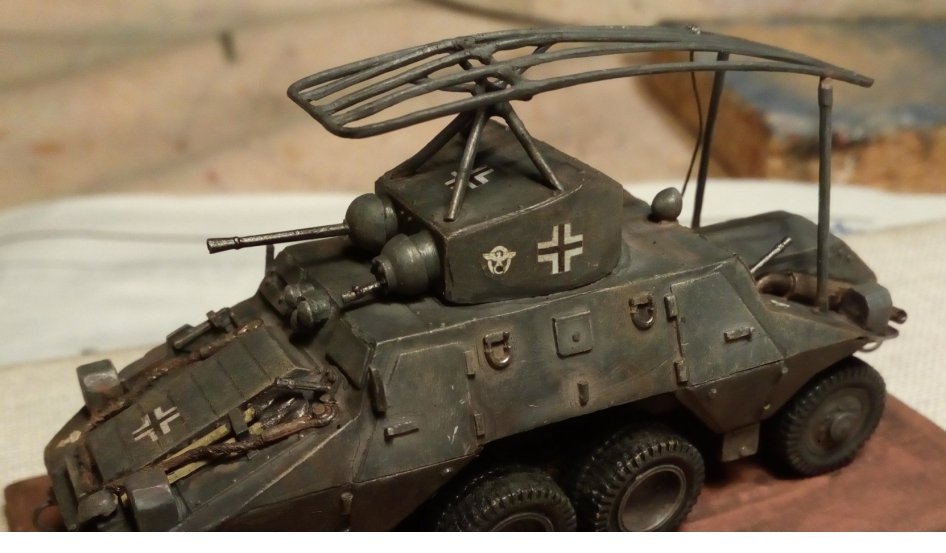



.jpeg.0a0d2bd4eff1e86d2abe71a874ff459f.jpeg)
